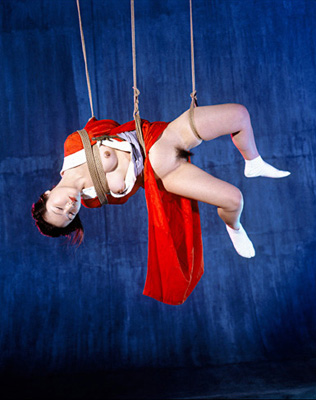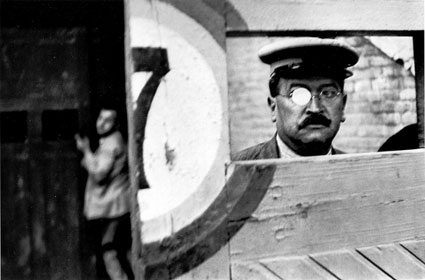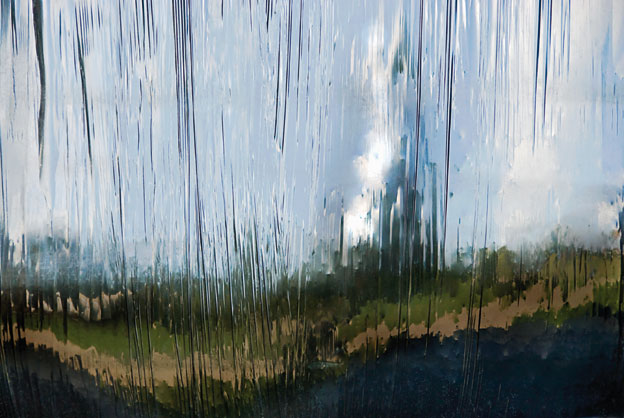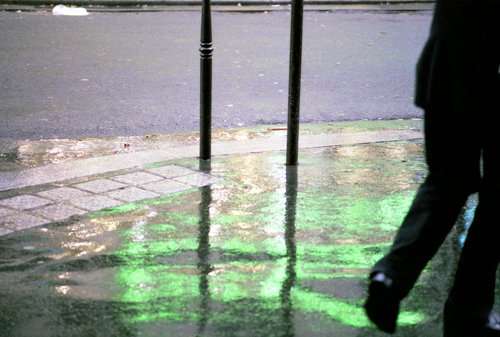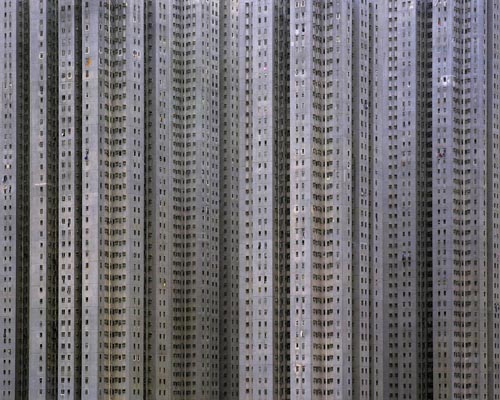 Michael Wolf's recent semi-relocation to Paris has led to an exhibition, Metropolis, at the Marais' new Galerie Particulière. The show combines work from his Hong Kong series, Architecture of Density, and Transparent City, shot later in Chicago. Wolf's study of Hong Kong's trademark high-rise architecture is aptly-named. He refers to these as 'no-exit' photographs: by flattening perspective and cropping out any visual reference points (no sky or ground here), the eye is given no escape route and we are faced purely with the dense, barren surfaces of these human ant hills. The exteriors of these high-rises become abstractions, never-ending repetitions of architectural patterns, with only the odd piece of dangling laundry to remind us of the thousands of people within.
Michael Wolf's recent semi-relocation to Paris has led to an exhibition, Metropolis, at the Marais' new Galerie Particulière. The show combines work from his Hong Kong series, Architecture of Density, and Transparent City, shot later in Chicago. Wolf's study of Hong Kong's trademark high-rise architecture is aptly-named. He refers to these as 'no-exit' photographs: by flattening perspective and cropping out any visual reference points (no sky or ground here), the eye is given no escape route and we are faced purely with the dense, barren surfaces of these human ant hills. The exteriors of these high-rises become abstractions, never-ending repetitions of architectural patterns, with only the odd piece of dangling laundry to remind us of the thousands of people within.
The dense, claustrophobic concrete of Hong Kong's high rises gives way to a sleeker, more statuesque Chicago. These later photographs extend Wolf's study of the skin of the city, but Chicago's glass skyscrapers reveal far more of the life beneath it. He begins to carve details out of these cityscapes, giving some of the work a certain voyeuristic edge, which he acknowledges with a dramatic image containing a clin d'oeil to Hitchcock's Rear Window. Wolf's compositions are always beautiful, and his extra-large prints beautifully made*, however these series are not eulogies to the modern city. Instead they convey a sense of isolation and of the oppression of this architecture over the lives of its inhabitants. If only Le Corbusier could have seen these images...
* Wolf has a great website, but see his prints if you can because this work really demands scale.
Rating: Recommended
Further reading: Interview by JM Colberg Audio interview by Jim Casper

